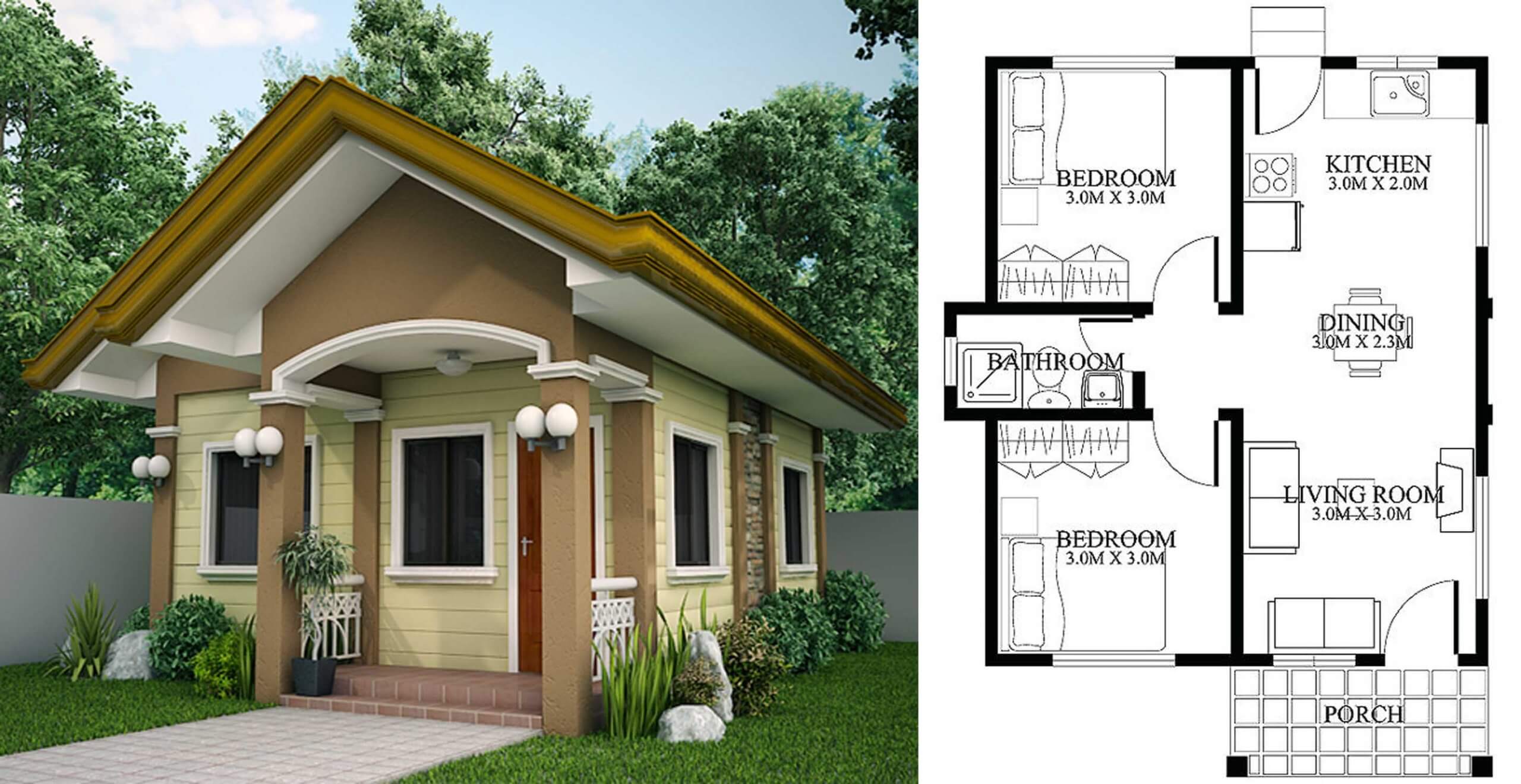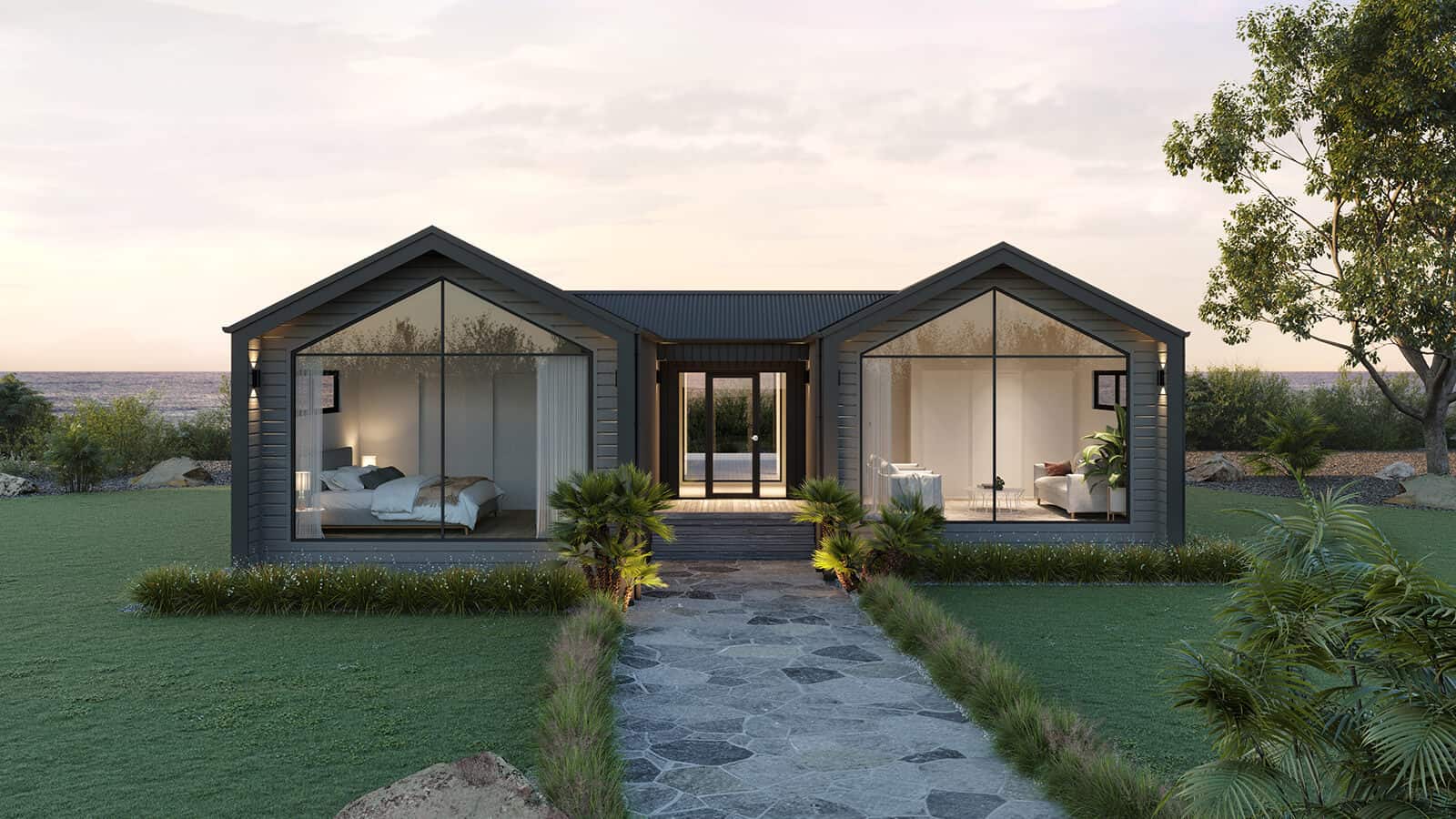The Allure of Tiny Living

The tiny house movement has taken the world by storm, with people increasingly seeking smaller, more sustainable, and affordable living spaces. While the concept of tiny living is not new, it has gained immense popularity in recent years, particularly with the rise of two-bedroom tiny homes. These homes offer a unique blend of practicality, affordability, and environmental consciousness, appealing to a diverse range of individuals and families.
Tiny homes offer a compelling alternative to traditional housing, with their compact footprint and minimalist design appealing to those seeking a simpler, more intentional way of life. The allure of tiny living goes beyond just the size of the dwelling, extending to a broader philosophy of mindful consumption, sustainability, and financial freedom.
Advantages of Tiny Home Living
Tiny homes provide a multitude of advantages, making them an attractive option for many. The benefits range from financial savings and environmental responsibility to a sense of community and freedom.
- Financial Savings: Tiny homes are significantly less expensive to build and purchase than traditional homes. The reduced material costs, labor, and land requirements contribute to a more affordable housing solution. This affordability allows individuals to save money on their mortgage, reduce debt, and free up funds for other financial goals.
- Environmental Sustainability: Tiny homes are often built with sustainable materials and energy-efficient features, minimizing their environmental footprint. Their smaller size also reduces energy consumption for heating, cooling, and water usage. The emphasis on resource conservation aligns with growing concerns about climate change and promotes a more eco-conscious lifestyle.
- Minimalism and Intentional Living: The limited space in a tiny home encourages a minimalist lifestyle, forcing residents to prioritize possessions and focus on what truly matters. This intentional living approach fosters a sense of simplicity, reduces clutter, and promotes a more mindful approach to consumption.
- Increased Mobility and Flexibility: Tiny homes are often designed to be easily transportable, offering greater mobility and flexibility. This allows individuals to relocate more easily, explore different locations, and adapt to changing circumstances. The ability to move freely can be particularly appealing to those seeking a more nomadic lifestyle or a chance to escape the constraints of traditional housing.
- Strong Sense of Community: Tiny house communities are often characterized by a strong sense of community and shared values. Residents often support each other, collaborate on projects, and share resources, fostering a close-knit and supportive environment. This sense of community can be particularly valuable for individuals seeking social connection and a shared sense of purpose.
Disadvantages of Tiny Home Living
While tiny homes offer numerous advantages, it’s essential to acknowledge potential drawbacks. The limited space and unique lifestyle can pose challenges for some individuals.
- Space Constraints: The most significant challenge of tiny home living is the limited space. While clever design and multi-functional furniture can maximize space, it can still be a challenge to accommodate all of one’s belongings and create a comfortable living environment. The limited space may also make it difficult to host guests or entertain large groups.
- Limited Privacy: In a two-bedroom tiny home, privacy can be a concern, especially if there are multiple people living in the space. The lack of separation between living areas and bedrooms can create a sense of being constantly in close proximity to one another.
- Potential for Discomfort: Tiny homes often lack the same level of insulation and climate control as traditional homes. This can lead to discomfort during extreme temperatures, especially in hot or cold climates.
- Limited Storage: Storage space is often a premium in tiny homes. The limited space can make it difficult to store seasonal items, clothing, or other belongings, requiring creative solutions and a minimalist approach to possessions.
- Regulatory Challenges: Tiny homes can face regulatory challenges, as local zoning ordinances may not recognize them as legal dwellings. This can make it difficult to obtain permits and find suitable locations for tiny homes.
Successful Tiny Home Communities, 2 bedroom interior tiny house
Despite the challenges, numerous successful tiny home communities have emerged worldwide, demonstrating the viability and appeal of this alternative housing model. These communities offer a unique lifestyle, fostering a sense of community, sustainability, and shared values.
- The Tiny House Village in Austin, Texas: This community, founded in 2015, provides affordable housing options for low-income individuals and families. The village features a variety of tiny homes, each with its unique design and features, creating a diverse and vibrant community.
- The Tumbleweed Tiny House Community in Colorado: This community, located in the foothills of the Rocky Mountains, offers a picturesque setting for tiny home living. The residents share a commitment to sustainability, using solar power, rainwater harvesting, and other eco-friendly practices.
- The Village of the Arts in Florida: This community, located in the heart of a vibrant arts district, embraces creativity and individuality. The residents are artists, musicians, and entrepreneurs who have chosen to live in tiny homes to reduce their expenses and pursue their passions.
Interior Design Inspiration: 2 Bedroom Interior Tiny House

Tiny homes, despite their compact size, offer a fantastic opportunity to embrace creative interior design. With careful planning and a focus on functionality, you can transform a small space into a stylish and comfortable haven.
Design Principles for Tiny Homes
The key to successful tiny home design lies in embracing principles that maximize space and enhance the overall aesthetic. Here are some key design principles:
- Minimalism: Less is more in tiny homes. Opt for essential furniture and decor, keeping surfaces clutter-free. This creates a sense of spaciousness and tranquility.
- Light Colors: Light colors, such as whites, creams, and pastels, visually expand the space, making it feel larger and airier.
- Natural Materials: Incorporating natural materials like wood, bamboo, and stone adds warmth, texture, and a sense of connection to nature.
- Multi-Functionality: Furniture that serves multiple purposes, such as a sofa bed or a dining table that doubles as a workspace, is essential in a tiny home.
- Vertical Space: Utilize vertical space by incorporating shelves, cabinets, and wall-mounted storage solutions to maximize storage capacity.
Examples of Stylish Tiny Home Interiors
- Modern Minimalist: This style features clean lines, neutral colors, and a focus on functionality. Think white walls, sleek furniture, and minimalist decor.
- Rustic Chic: This style embraces natural elements, such as wood beams, exposed brick, and reclaimed furniture. Warm tones and cozy textures create a welcoming atmosphere.
- Scandinavian Style: Known for its simplicity and functionality, Scandinavian style incorporates light woods, natural textiles, and pops of color. This style is perfect for creating a bright and airy space.
- Industrial Chic: This style blends industrial elements, such as metal accents, exposed pipes, and reclaimed wood, with modern touches. It creates a unique and edgy aesthetic.
Mood Board for Tiny Home Interiors
Imagine a mood board showcasing various design styles and color palettes.
Modern Minimalist: White walls, a sleek black sofa bed, a simple wooden coffee table, and a geometric rug in muted tones.
Rustic Chic: Warm wood floors, a distressed leather sofa, a vintage rug, and rustic wood shelves filled with plants.
Scandinavian Style: Light wood furniture, white walls, natural textiles, and pops of bright colors in pillows and throws.
Industrial Chic: Exposed brick walls, metal accents, reclaimed wood furniture, and Edison bulb lighting.
